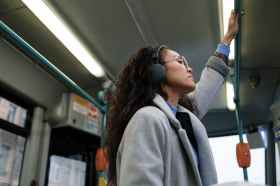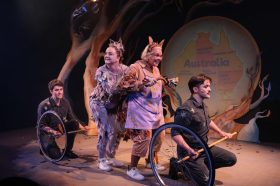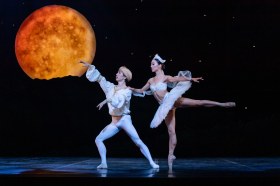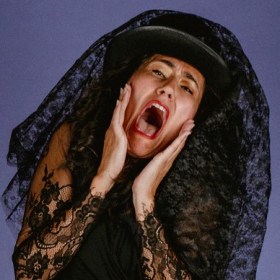Alcarra (Where the Old Ones Dwell) was choreographed by Aroha Pehi and Amy Flannery; Supplied.
In the 2018 StoryPlace NAISDA Dance College presents the next generation of Indigenous dancers and choreographers.
Directed by NAISDA’s Head of Creative Studies Frances Rings, StoryPlace features new works by former Bangarra senior dancer Deborah Brown, leading Māori choreographer, dancer and video artist Louise Potiki Bryant and NAISDA Developing Artists in a dynamic, thrilling performance.
This production featured a wide range of dance styles and some incredibly charismatic and powerful dancing. The ensemble work was crisp and precise and there were some stunning solos.There wasn’t a set as such, just the square white parquet floor and the audience was divided into two one either side of the stage.
StoryPlace celebrates both Australia, with former Bangarra dancer Deborah Brown’s Bittersweet and New Zealand (or Aotearoa) in Potiki Bryant’s work Kāpehu (Compass).
As we entered the space, the cast were in four undulating, energetic lines, creating exuberant waves of movement that included slithery crawls, rolls, handstands, cartwheels and push-ups. After a Welcome to Country the performance exploded with a bang – a Mashup which blended jazz, hip hop, ballet, Pilates and traditional Indigenous styles in a breathlessly exuberant and vibrant performance.
Just Another Statistic examined stereotypical media representation or lack thereof of Aboriginal peoples. Various stats and media images are projected on the wall. The choreography includes tightly synchronised angular movements, unusual lifts and partnering, rolling, balancing floorwork. The sculptural groups and interlocking bodies are manipulated and controlled while a monologue is delivered about loss of culture.
Kapehu (Compass) by Louise Potiki Bryant.
In My version of a Heartbeat, choreographed by Amy Flannery,with the dancers in blue leggings and white tops, included balancing and difficult lifts on the featured bench used by the ensemble, who lifted and shifted the bench at various points. Choreographically a lot of the work was frieze-like yet undulating with rippling arms. Isolation movements were included as was the use of the deep Graham plie.
Yesterday’s Dreams for Tomorrow’s Passions was both choreographed and performed (and the music written by) Kallum Goolagong – a charismatic, dramatic, slinky, mesmerising solo about how the past affects your present and future.
Kapehu (Compass) choreographed by Louise Potiki Bryant took us through to interval, telling the story of Maui and the feats he achieved in his lifetime. The dance began with a dark intense female solo in some ways perhaps reminiscent of Mary Wigman’s work, and was intense and compelling. And yes there were martial arts and Haka movements included.
After interval we returned and the second half began with Bittersweet – a sultry party atmosphere which opened with a fun teasing, sultry film of the cast eating various items such as jelly, ice-cream and hundreds and thousands. The live cast then exploded onto the stage in various multi-coloured costumes and holding assorted large KFC buckets, performing, writhing, sculptural rippling movements quite stylised at times, and included headstands and unusual lifts in a dreamlike atmosphere.
Kinship began with a traditional Indigenous dance and used both voice and on stage projections to examine how we fit into the world through our parents ancestry, and in Indigenous society the various rules governing relationships etc.–choreographically it was full of sharp, yet fluid movement.
Other works in the second half included Ego, choreographed by Emily Flannery, which questioned how do we speak to ourselves? Another piece, Unwritten Story, was a strong piece for the male ensemble choreographed by Gusta Mara.
Alcarra (Where the Old Ones Dwell) was choreographed by Aroha Pehi and Amy Flannery was a very powerful, haunting, chilling and compelling piece about a massacre on Alcarra land.
Mindless choreographed by Joan Atkinson was a great ensemble work.
Songline the final piece consisted of several traditional Indigenous dances. For most of it the men and women were separate yet at the end there were celebratory interlocking weaving lines and interaction.
A splendid performance showcasing and celebrating the new generation of Indigenous dancers.
4 stars ★★★★
StoryPlace
By NAISDA
21-24 November 2018
Carriageworks, Sydney
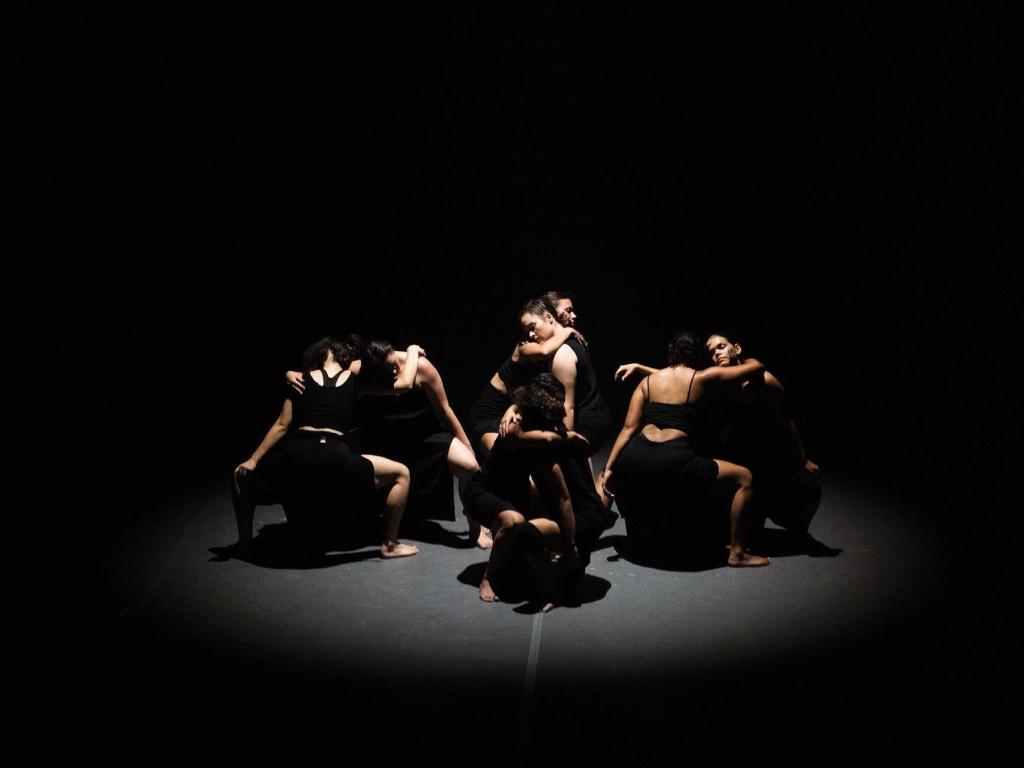
 by Louise Potiki BryantJPG.JPG)
